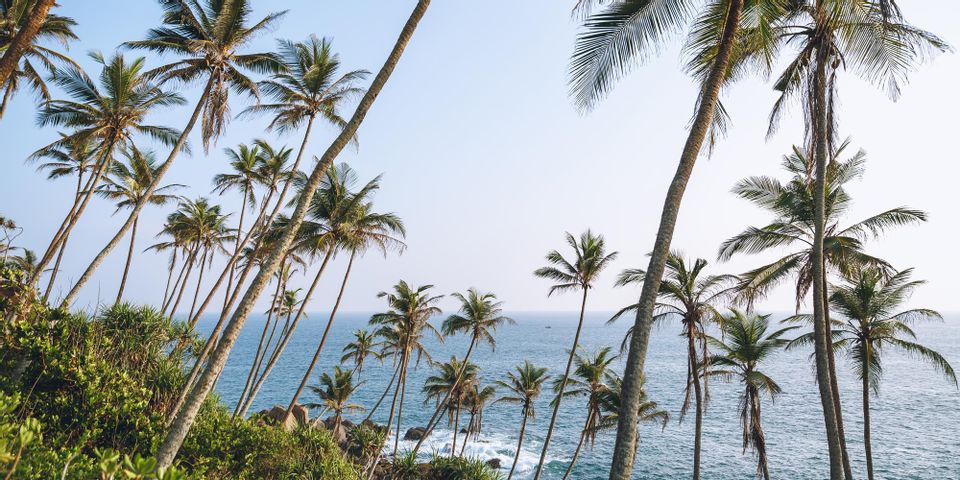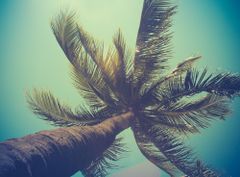
When selecting native Hawaiian plants to incorporate into a landscape, palm trees are often one of the first options listed. They are found all over the islands, after all. However, after learning a few interesting facts about palms, you might have a new perspective on these ubiquitous plants.
3 Fun Tidbits About Palm Trees
1. They Are Found Worldwide
The thought of a palm tree often brings to mind sandy beaches, but the 2,600 different species grow in numerous environments across the globe. Surprisingly, only one of these species, the Loulu of the Pritchardia kaalae genus, is actually a native Hawaiian plant. The rest were primarily introduced to the islands by early Polynesian settlers or brought in later.
2. The Largest Seed Is Produced by a Palm Tree
 The Lodoicea maldivica, commonly referred to as the sea coconut or coco de mer, produces the largest seed in the plant kingdom, which can weigh up to 66 pounds. You’ll only find these gigantic palms in the Seychelles.
The Lodoicea maldivica, commonly referred to as the sea coconut or coco de mer, produces the largest seed in the plant kingdom, which can weigh up to 66 pounds. You’ll only find these gigantic palms in the Seychelles.
3. They Are Not Trees
While they can take the shape of a tree, palms are actually a type of grass—they do not produce rings as they age. They also do not grow bark; the inside of the plant is the same as the outside. Palms come in other forms like shrubs, stemless plants, and climbers.
When you want to use palm trees in your landscaping or habitat restoration, visit Hui Kū Maoli Ola Native Hawaiian Plant Specialists in Kaneohe, HI. Since 1992, they have protected Hawaii’s natural habitats by educating the public and repopulating the islands with native plant species. They are recognized as experts by state and federal agencies. To find out more about their available native Hawaiian plants, call (808) 235-6165 or visit their website. You can also check out photos of their species on Facebook.
About the Business
(37 reviews)
Have a question? Ask the experts!
Send your question

